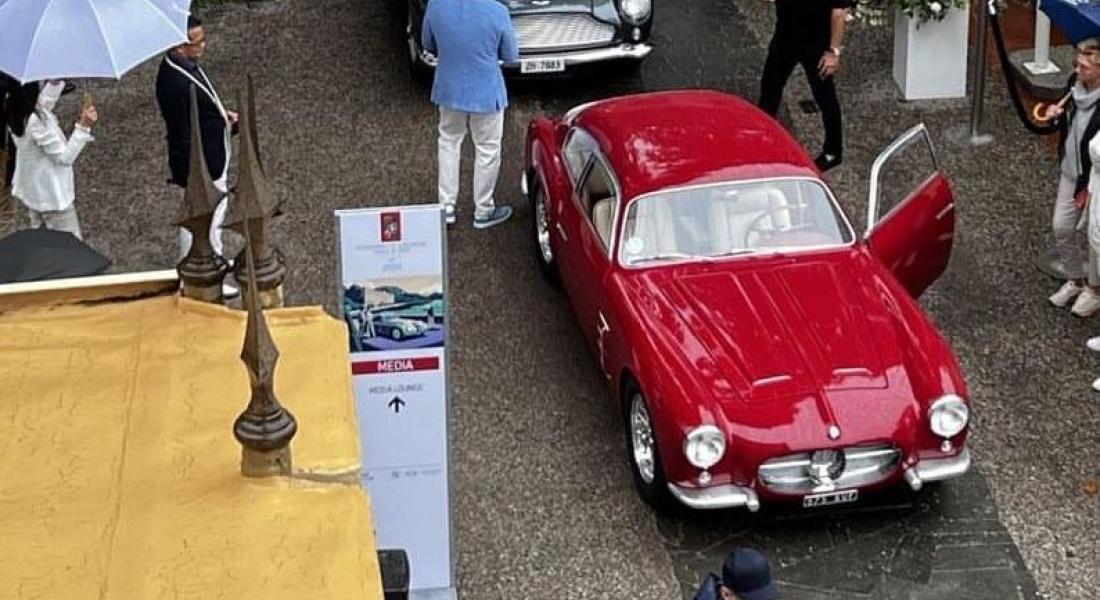In the collector car world, there’s an unusual divide that has formed between those who preserve cars in their original (if not slightly flawed) state and those that prefer to open the checkbook and finance a lengthy restoration. Like a true conundrum, there is no “right” answer, but both sides came to a head recently when architect and car collector Jonathan Segal was put on blast for stripping his barn-find 1956 Maserati A6G/54 to bare metal.
Segal bought one of the more memorable barn finds of the last decade when he purchased the A6G out of a somewhat notorious estate of Parisian entrepreneur Roger Baillon, who had amassed a large collection of desirable automobiles despite supposedly having significant financial liabilities. When the Maserati was found in a garage on the property, it was covered in newspapers but largely complete.
The car was supposedly very straight-forward to make operational again, with the drivetrain coming back to life with basic sorting. While Segal did show the car in its highly-patina’d state, it didn’t say that way for long and he soon commissioned a frame-off restoration. It’s worth noting he tried to sell the car in its as-found condition, found no buyers, and then decided that the most direct path to potential profits was to restore it to the highest standards possible.
He was quickly vilified by numerous members of the vintage and collector car communities, with criticisms hurled at him that included references to his restoration project being on the same level as “…sandblasting the colosseum.” He rebuffed these accusations and I don’t blame him for doing so. Here’s the thing: as much as well-preserved vehicles are undoubtedly special and often endearing, there are also compromises that go along with that, and some owners simply don’t care for compromises.
A restored version of Segal’s Maserati will likely outshine his striking 1956 Maserati AG6 Zagato, a vehicle that recently took first in class at Villa de Este. And there’s the point: he has a car that can be comfortably driven, shown, and toured with that only grows more valuable as more onlookers see it and gawk at its beauty, while simultaneously standing in shock that it can drive at highway speeds with relative comfort. A patina’d car could be put back to running condition with the roughshod exterior left in place, but that approach doesn’t win awards - and an award at the best show or shows is absolutely the goal of well-moneyed collectors who understand that winning at Pebble Beach is as much a gateway to more wealth and power as being named to the board of directors at Amazon.
Jonathan Segal doesn’t care what you think about his car’s restoration, and if you wanted to preserve its as-found condition, you should have stepped up to buy it when it was for sale. The Maserati will be stunning when finished, and hopefully, Mr. Segal will some day track his project updates here on TheCommonGear.com to ensure no one can question his level of commitment to the brand, or the investment he has made in these significant collector cars.
